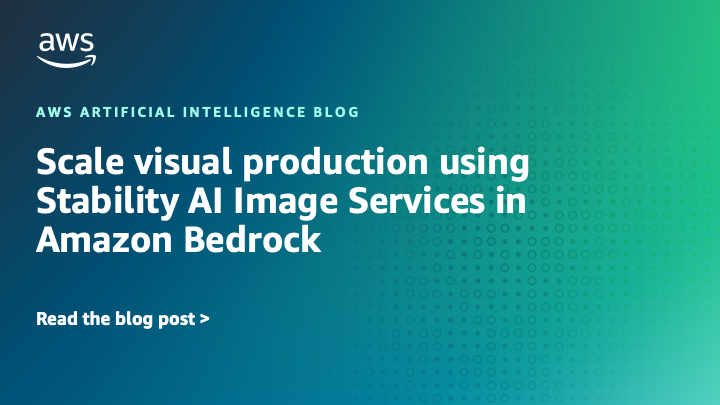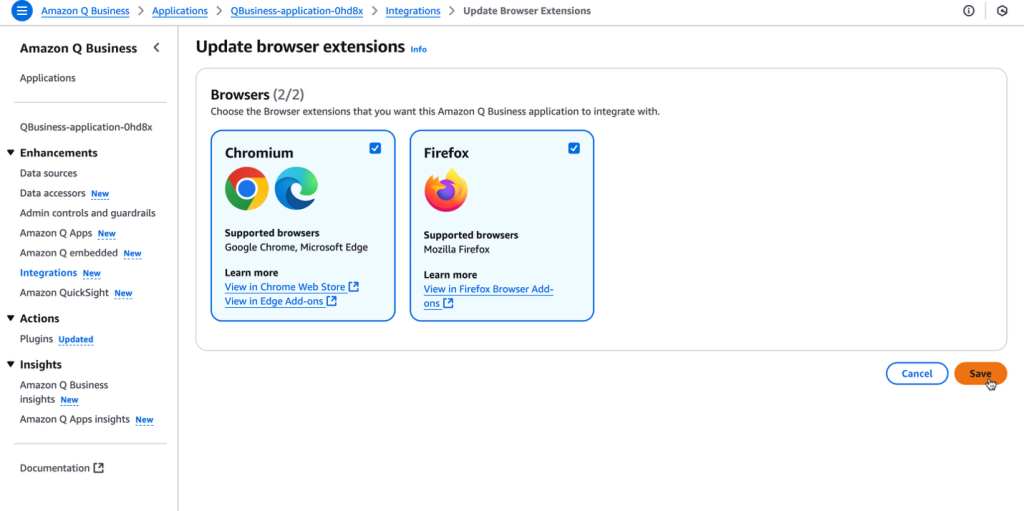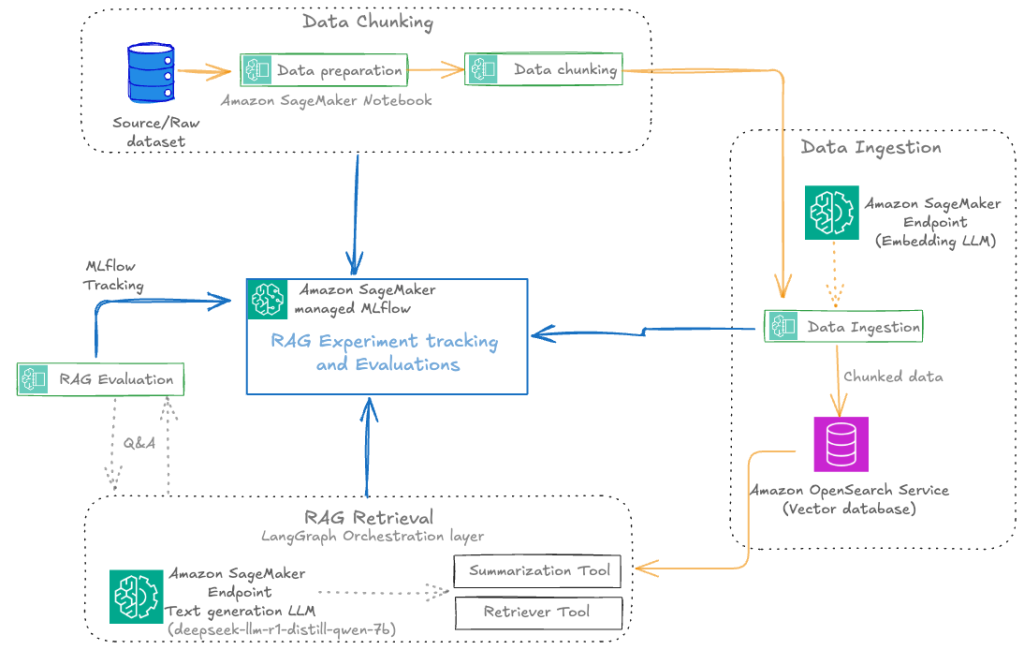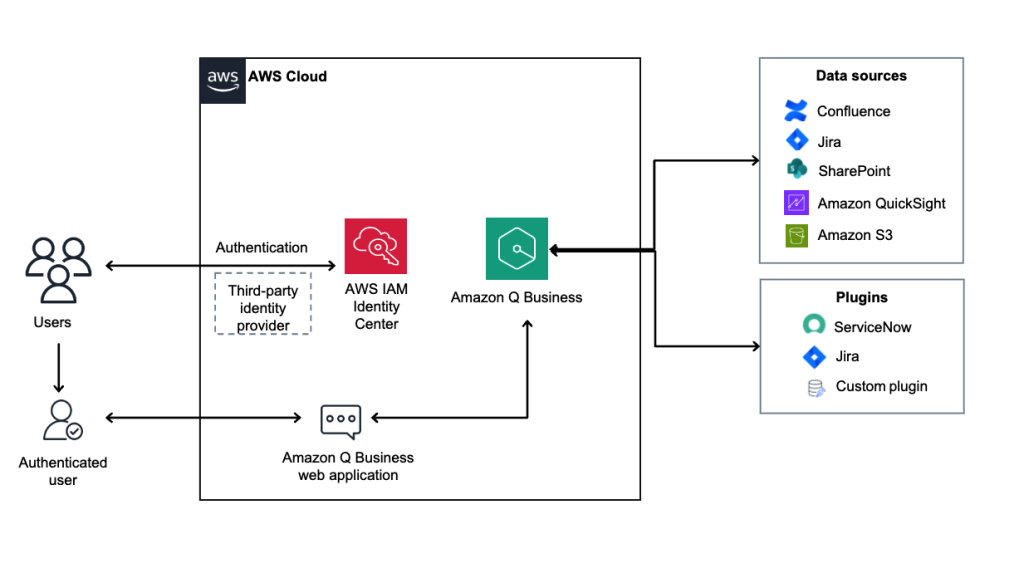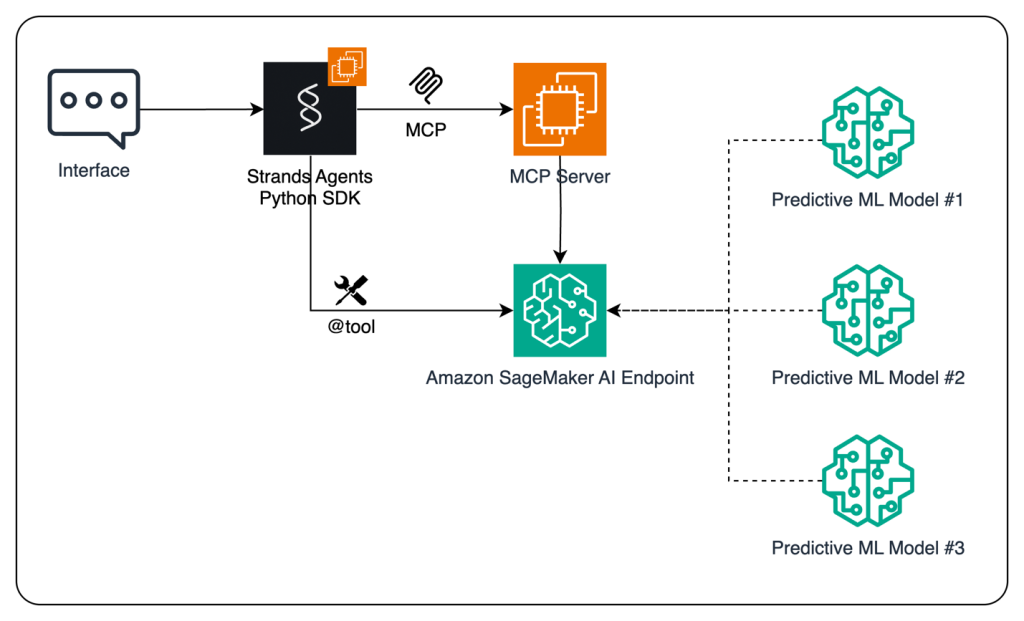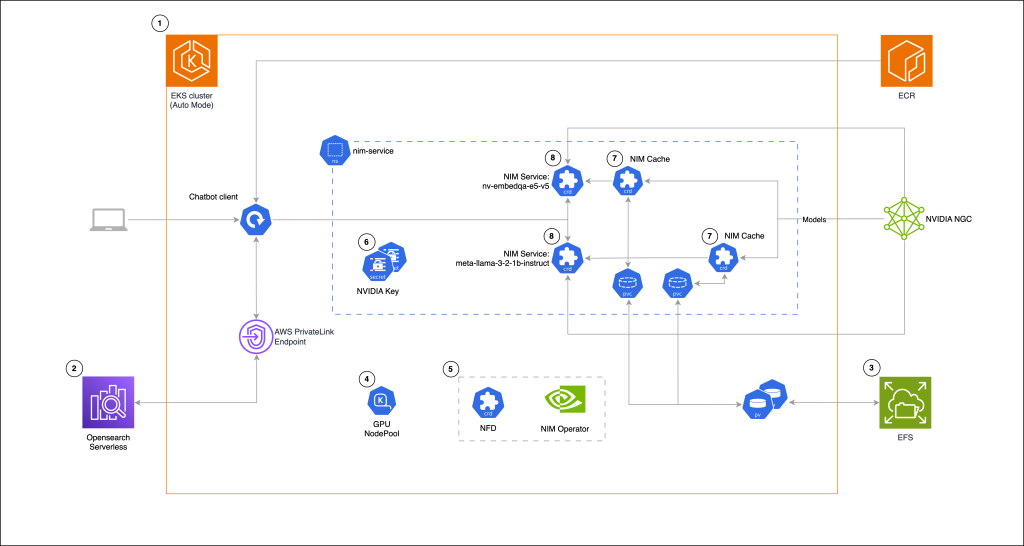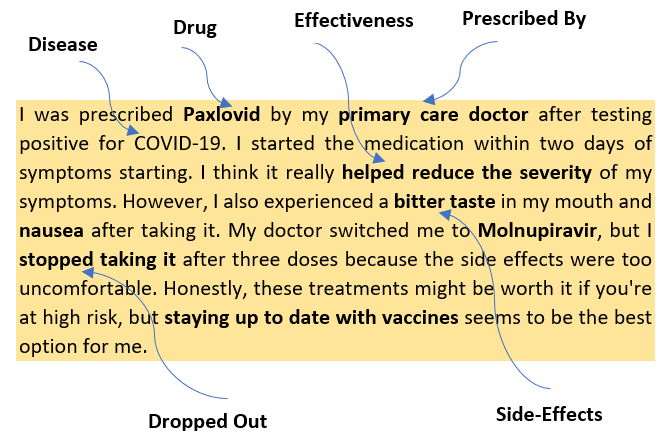Artificial Intelligence
Tag: Generative AI
Scale visual production using Stability AI Image Services in Amazon Bedrock
This post was written with Alex Gnibus of Stability AI. Stability AI Image Services are now available in Amazon Bedrock, offering ready-to-use media editing capabilities delivered through the Amazon Bedrock API. These image editing tools expand on the capabilities of Stability AI’s Stable Diffusion 3.5 models (SD3.5) and Stable Image Core and Ultra models, which […]
Supercharge your organization’s productivity with the Amazon Q Business browser extension
In this post, we showed how to use the Amazon Q Business browser extension to give your team seamless access to AI-driven insights and assistance. The browser extension is now available in US East (N. Virginia) and US West (Oregon) AWS Regions for Mozilla, Google Chrome, and Microsoft Edge as part of the Lite Subscription.
Automate advanced agentic RAG pipeline with Amazon SageMaker AI
In this post, we walk through how to streamline your RAG development lifecycle from experimentation to automation, helping you operationalize your RAG solution for production deployments with Amazon SageMaker AI, helping your team experiment efficiently, collaborate effectively, and drive continuous improvement.
Build character consistent storyboards using Amazon Nova in Amazon Bedrock – Part 1
The art of storyboarding stands as the cornerstone of modern content creation, weaving its essential role through filmmaking, animation, advertising, and UX design. Though traditionally, creators have relied on hand-drawn sequential illustrations to map their narratives, today’s AI foundation models (FMs) are transforming this landscape. FMs like Amazon Nova Canvas and Amazon Nova Reel offer […]
Accelerate enterprise AI implementations with Amazon Q Business
Amazon Q Business offers AWS customers a scalable and comprehensive solution for enhancing business processes across their organization. By carefully evaluating your use cases, following implementation best practices, and using the architectural guidance provided in this post, you can deploy Amazon Q Business to transform your enterprise productivity. The key to success lies in starting small, proving value quickly, and scaling systematically across your organization.
Enhance AI agents using predictive ML models with Amazon SageMaker AI and Model Context Protocol (MCP)
In this post, we demonstrate how to enhance AI agents’ capabilities by integrating predictive ML models using Amazon SageMaker AI and the MCP. By using the open source Strands Agents SDK and the flexible deployment options of SageMaker AI, developers can create sophisticated AI applications that combine conversational AI with powerful predictive analytics capabilities.
How Infosys built a generative AI solution to process oil and gas drilling data with Amazon Bedrock
We built an advanced RAG solution using Amazon Bedrock leveraging Infosys Topaz™ AI capabilities, tailored for the oil and gas sector. This solution excels in handling multimodal data sources, seamlessly processing text, diagrams, and numerical data while maintaining context and relationships between different data elements. In this post, we provide insights on the solution and walk you through different approaches and architecture patterns explored, like different chunking, multi-vector retrieval, and hybrid search during the development.
Building a RAG chat-based assistant on Amazon EKS Auto Mode and NVIDIA NIMs
In this post, we demonstrate the implementation of a practical RAG chat-based assistant using a comprehensive stack of modern technologies. The solution uses NVIDIA NIMs for both LLM inference and text embedding services, with the NIM Operator handling their deployment and management. The architecture incorporates Amazon OpenSearch Serverless to store and query high-dimensional vector embeddings for similarity search.
How Indegene’s AI-powered social intelligence for life sciences turns social media conversations into insights
This post explores how Indegene’s Social Intelligence Solution uses advanced AI to help life sciences companies extract valuable insights from digital healthcare conversations. Built on AWS technology, the solution addresses the growing preference of HCPs for digital channels while overcoming the challenges of analyzing complex medical discussions on a scale.
Pioneering AI workflows at scale: A deep dive into Asana AI Studio and Amazon Q index collaboration
Today, we’re excited to announce the integration of Asana AI Studio with Amazon Q index, bringing generative AI directly into your daily workflows. In this post, we explore how Asana AI Studio and Amazon Q index transform enterprise efficiency through intelligent workflow automation and enhanced data accessibility.
